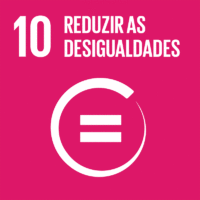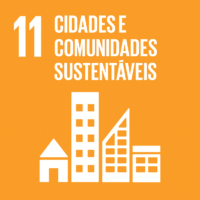Ciência_Iscte
Publicações
Descrição Detalhada da Publicação
Physiological arousal quantifying perception of safe and unsafe virtual environments by older and younger adults
Título Revista
Sensors
Ano (publicação definitiva)
2019
Língua
Inglês
País
Suíça
Mais Informação
Web of Science®
Scopus
Google Scholar
Esta publicação não está indexada no Overton
Abstract/Resumo
Physiological arousal has been increasingly applied to monitor exploration (or navigation) of a virtual environment (VE), especially when the VE is designed to evoke an anxiety-related response. The present work aims to evaluate human physiological reactions to safe and unsafe VEs. We compared the effect of the presence of handrails in the VE in two different samples, young and older adults, through self-reports and physiological data: Electrodermal activation (EDA) and electrocardiogram (ECG) sensors. After navigation, self-report questionnaires were administered. We found that the VEs evoked a clearly differentiated perception of safety and unsafety demonstrated through self-reports, with older adults being more discriminative in their responses and reporting a higher sense of presence. In terms of physiological data, the effect of handrails did not provoke significant differences in arousal. Safety was better operationalized by discriminating neutral/non-neutral spaces, where the reaction of older adults was more pronounced than young adults. Results serve as a basis for orienting future experiments in the line of VE and applied physiology usage in the architectural spaces design process. This specific work also provided a basis for the development of applications that integrate virtual reality and applied biofeedback, tapping into mobility and ageing.
Agradecimentos/Acknowledgements
--
Palavras-chave
Virtual environment,Perception of safety,Applied physiology,Electrodermal activation sensors,Electrocardiogram sensors,Architecture,Building construction
Classificação Fields of Science and Technology
- Engenharia Eletrotécnica, Eletrónica e Informática - Engenharia e Tecnologia
- Psicologia - Ciências Sociais
- Outras Humanidades - Humanidades
Registos de financiamentos
| Referência de financiamento | Entidade Financiadora |
|---|---|
| UID/MULTI/0446/2013 | Fundação para a Ciência e a Tecnologia |
| 610986 | Comissão Europeia |
| 13852 AAL4ALL | Comissão Europeia |
| 262044 | Comissão Europeia |
Contribuições para os Objetivos do Desenvolvimento Sustentável das Nações Unidas
Com o objetivo de aumentar a investigação direcionada para o cumprimento dos Objetivos do Desenvolvimento Sustentável para 2030 das Nações Unidas, é disponibilizada no Ciência_Iscte a possibilidade de associação, quando aplicável, dos artigos científicos aos Objetivos do Desenvolvimento Sustentável. Estes são os Objetivos do Desenvolvimento Sustentável identificados pelo(s) autor(es) para esta publicação. Para uma informação detalhada dos Objetivos do Desenvolvimento Sustentável, clique aqui.

 English
English



